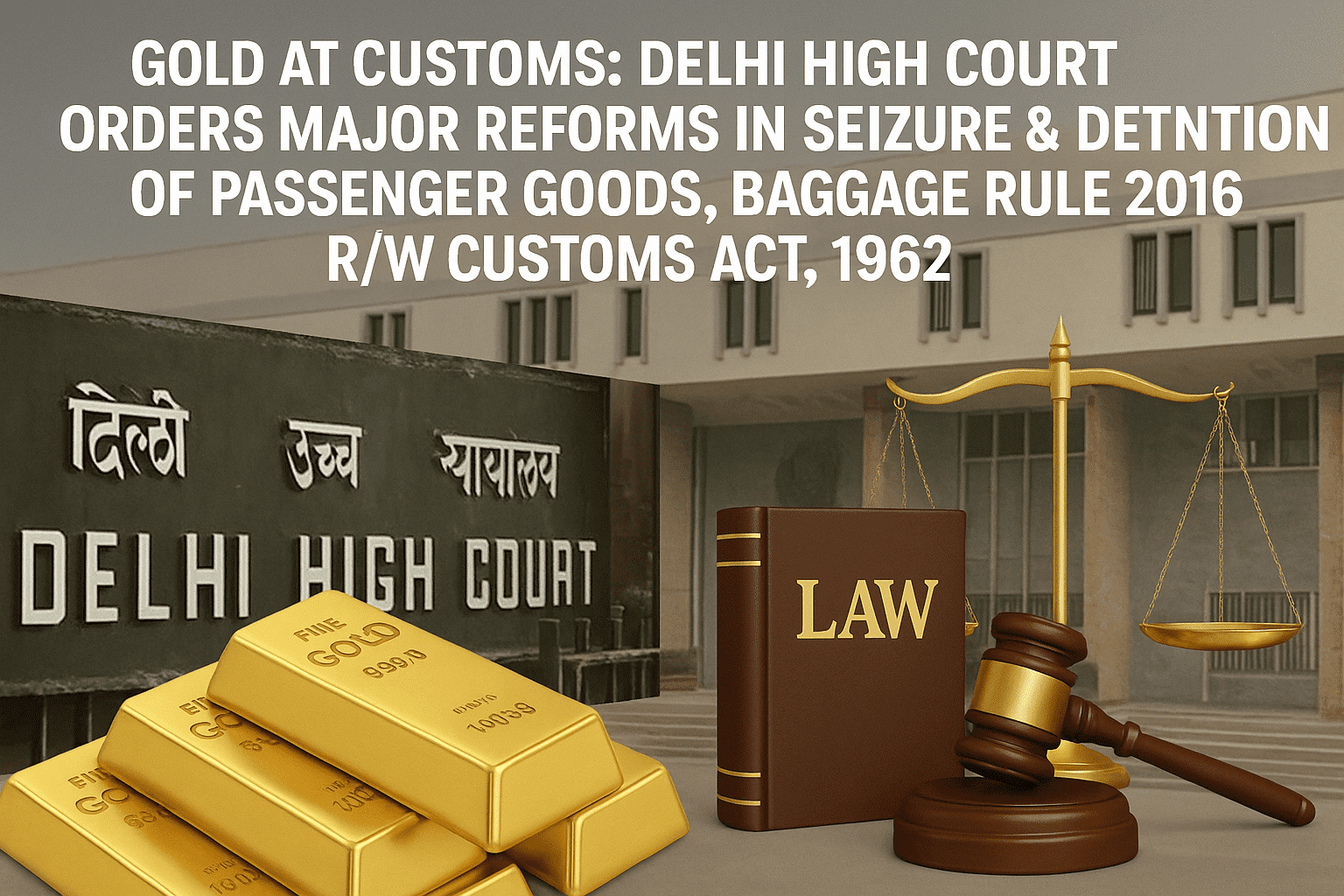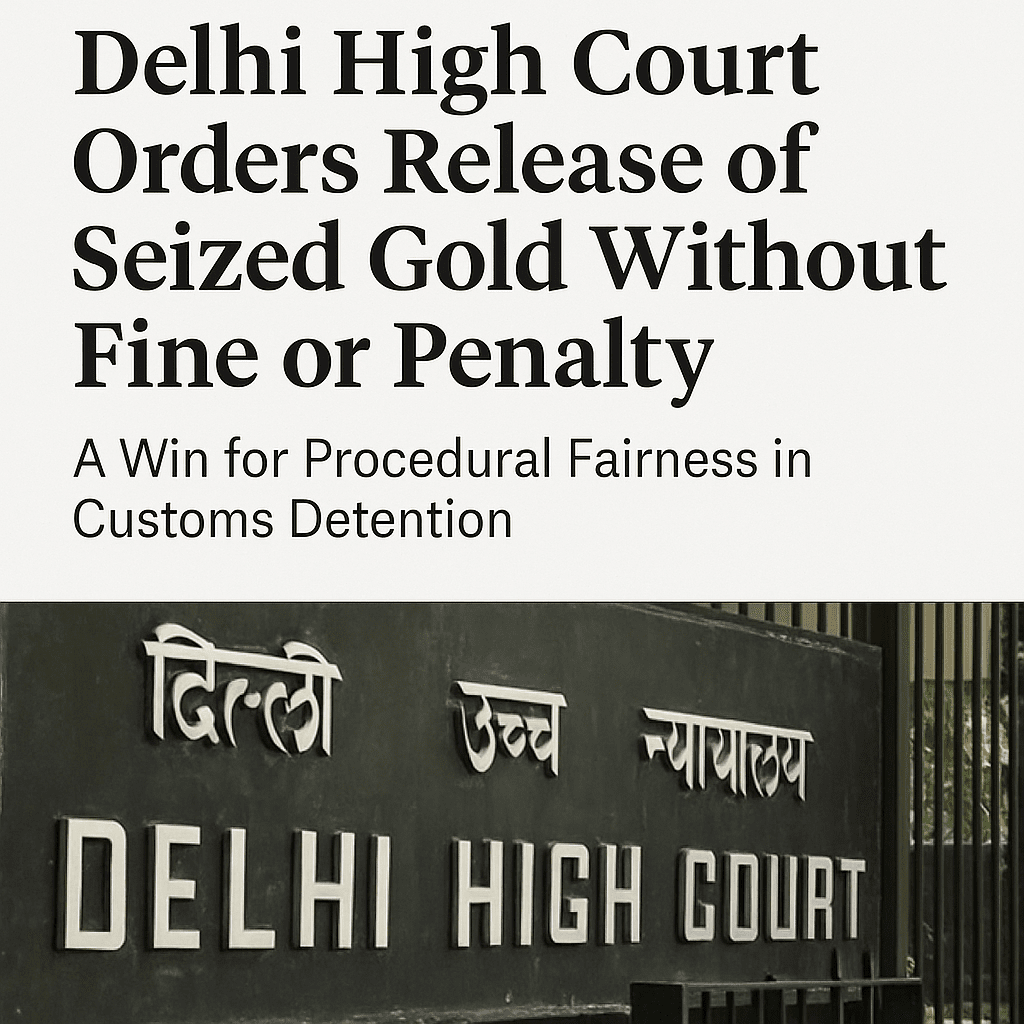Examining the Limits of Performer Rights of Sportspersons: The Copyright Act, 1957: IPR Club
Written by Simran Sharma [National Law University Jodhpur]
Examining the Limits of Performer Rights of Sportspersons
In this short piece, the author presents a critical analysis of the legal issue of classifying “sportspersons as performers” under the Copyright Act, 1957. For providing an overview of the legal issue, this piece examines the complex relationship between sportspersons and copyright protection. The legal issue of the link between “performance” as a mode of communication of an “existing work” to the public is also touched upon. Is it that there has to be a “work” in existence for it to be performed?
This examination considers the legislative intent of the Copyright Act, 1957 and its overall scheme to acquire a thorough understanding of including sportspersons as performers under the non-exhaustive definition of performers. This evaluation examines whether purpose of the act support or require the addition of an “intention to perform” as a critical element for athletes seeking copyright protection.
A sportsperson is defined as a person who participates in sport or athletic activities.[i] The oxford dictionary defines sports as “an activity involving physical exertion and skill, esp. (particularly in modern use) one regulated by set rules or customs in which an individual or team competes against another or others.”[ii] The term has evolved from being associated earlier as a diversion or amusement, was often used with reference to hunting, shooting, and fishing by the 18th and 19th centuries to moving on to the present understanding of it being more particularly associated with the consolidation of organized sport (particularly football, rugby, cricket, and athletics) in the 19th century. This reinforces the notion of sport as physical competition. On the basis of this understanding, sports can be divided into two categories (broadly) : first, organized sports, involving technical skill and physical ability to win a competition; second, aesthetic sports, involving artistic expression and creative skill.
The requirement of creativity for “performer” eligibility
Section 2(qq) of the act[iii] provides an inclusive definition of ‘performer’. It states that “performer” includes an actor, singer, musician, dancer, acrobat, juggler, conjurer, snake charmer, a person delivering a lecture or “any other person who makes a performance”. Inclusive definitions describe a class or category that is open-ended, meaning that the list of items or elements provided is not exhaustive and may include other similar items or elements.
Based on the literal rule of interpretation of noscitur a sociis,[iv] the meaning of the term “performer” in Section 2(qq) of the Copyright Act can be inferred from the specific terms that precede it. The rule suggests that the context in which a word appears should be considered when interpreting its meaning. In this case, the terms that precede “performer” are actor, singer, musician, dancer, acrobat, juggler, conjurer, and snake charmer. These terms indicate a focus on performance-based arts or entertainment that involve creative expression or physical skill.
While sports such as artistic swimming, gymnastics, figure skating, and acrobatics may require physical skill and creativity, they are also not necessarily focused on artistic or entertainment performance in the same way as the other terms listed in the statute. A very miniscule subset of these aesthetic sports shall make a sportsperson practising these sports eligible for being a ‘performer’ under Section 2 (qq). Particularly, this subset will include some of the “signature moves”. These are the iconic moves due to which you instantly associate it with a professional sportsperson and it is inconceivable to expect someone else performing that move at the same level of proficiency. For example, David Beckham’s bending free kick move. Analogically, consider the iconic move of Stone Axe by the legendary Pokemon Kleavor, wherein, the player wields their stone axes, delivering a powerful strike towards the target with the intention of scoring a critical hit.[v]
Therefore, as per the categorization provided in Section 2(qq), whilst an acrobat can be a performer within the meaning of the act because it involves a certain amount of grace and poise, athletics more or less is a display of physical strength which will fall under the category of organized sports as it is a routine-oriented sport. However, within athletics or routine-sports, some moves can be outstanding signature moves and those must be protected under the domain of the Copyright Act, 1957. Publicity rights are sometimes claimed over such signature moves which falls in the emerging domain of Celebrity Rights.
By their very nature performers’ rights, also known as neighbouring rights, are granted to individuals who perform literary, dramatic, musical, or artistic works.[vi] In this context the Rome Convention defined a performer under Article 3(a) as “actors, singers, musicians, dancers, and other persons who act, sing, deliver, declaim, play in, or otherwise perform literary or artistic works”[vii]. The performer’s inclusion in the fold of intellectual property considers rewarding the distinctive intellectual creative expressions of the performer. Every performer leaves an indelible mark on his performance. This mark is of his personality, clearly identifiable to him.[viii]
Noteworthy here is the Indian proposal for a treaty to cover audio-visual performances, as submitted at the second session of the SCCR, provides clear evidence of India’s stance with regards to the definition of the term “performers”. Under Article 2(a) of the proposal, India defines performers as actors, singers, musicians, dancers, and other persons who act, sing, deliver, declaim, play in, interpret or otherwise perform literary or artistic works or expressions of folklore, but excludes performers whose performances are casual or incidental in nature, such as extras. This definition indicates that India is of the opinion that performers who make casual or incidental performances, such as extras, should not be granted performer rights. This stance is based on policy considerations that limit the definition of the term “performer”.[ix] The proviso to the Section 2(qq) also specifies the same intention.[x]
Based on the overarching scheme of the act it can be contended that Section 13 of the Act[xi] enunciates the category of works in which copyright subsists. It is hard to argue that purposive sports fit into any of the existing categories. Such sports are clearly not literary works or dramatic works or musical works or artistic works as per their definition under the Act.[xii] Thus the act clearly seems to make a distinction between “aesthetic sports” or “routine oriented sports” such as artistic swimming, gymnastics, figure skating and acrobatics – in which creativity is a sine qua non.
Moreover, Section 14 of the act[xiii] lists down the exclusive rights that have been granted to a copyright holder. Section 14 (iii) grants the exclusive right to perform the work in public, or communicate it to the public to the copyright holder.[xiv] This indicates that there has to be an “existing work” in which the copyright subsists for it to be performed to the public through performance. Furthermore, Section 4 provides that without the licence of the owner of the copyright, work will be deemed not to be published or performed in public.[xv]
Emphatically, a “performance” can be understood in two ways: first, in relation to “performer rights”; and second as an exclusive right of a copyright holder as per the understanding of Section 14. There should be no misunderstanding with regards to performer rights as being solely understood as only related to subsisting works. Therefore, academic debates taking this line of reasoning for limiting the scope of performer rights cannot be justified.
It is respectfully asserted that excessively shielding sporting manoeuvres would be damaging to the regular operation of professional sports in that it would shrink the variety of openly accessible “moves” (Mezei, 2018). This policy consideration of the legislature was reflected by the Delhi High Court’s ruling in the case of Institute for Inner Studies v. Charlotte Anderson so as not to grant copyright protection to competitive sports.[xvi] In this case, a pranic healing and arhatic yoga institute situated in the Philippines sued the defendant for allegedly teaching yoga asanas created by the organisation’s founder, Master Choa Kok Sui. The plaintiffs claimed trademark protection for the term “Pranic Healing” as well as copyright protection for the yoga poses. The High Court ruled that yoga asanas did not qualify as copyrightable subject matter under the Act’s definition of literary or dramatic compositions. Sports lacked the concentration and predictability necessary for them to be protected as dramatic works.[xvii]
Intention to perform: whether a pre-requisite?
Determining the contours of performer rights gives rise to yet another legal question of whether or not the intention to perform is a necessary pre-requisite. One may contend that the Copyright Act of 1957 also includes provisions for performers’ rights in live performances, regardless of whether the underlying work is copyrightable. This gives to an argument that even impromptu athletic moves can be protected under performer rights.
Also Read: PROTECT YOUR FASHION BUSINESS WITH IPR:- IPR Club
Section 2(q) defines “performance” in relation to the performer’s right to mean any visual or acoustic “presentation” made live by one or more performers. The term “presentation” means the act of showing or exhibiting something for others to see. It can also refer to a formal talk or speech given to an audience.[xviii] The use of the word “presentation” suggests that the performance must be made with the intention of being shown or exhibited to an audience. It can be reasonably inferred that the legislative intent behind the term “presentation” in this context is to require an intention to perform or present the work to an audience. The performance must be made in such a way that it is visible or audible to an audience. Without this intention to present or perform, the activity would not qualify as a “performance” under the Copyright Act.
Relevant to note is the division bench’s decision of Delhi High Court, overturning the Single Judge decision of the Delhi High Court in Star India Pvt. Ltd. vs Piyush Agarwal & Ors[xix] One of the issues briefly analysed by the Honourable Judge was whether a cricket match was a performance under Section 2(q) of the Act or not. He made an obiter dictum by holding that a cricket match was a performance whose performers were cricketers, umpires and commentators. This decision was criticized primarily on the ground that a cricket match was not a performance due to its unpredictability. Further, a cricket player was no more a ‘performer’ than a soldier fighting a battle copyright are conceptually different. Intention to perform is hence a necessary pre-requisite for granting performer rights. Therefore, an endorsement to the contention that routine athletics where the intention is to “play” in the heat of the moment and not to “present”. It should not qualify as a performance.
Conclusion
Considering policy considerations and the unpredictability of sports, it has been held that competitive sports, including sporting manoeuvres, should not be granted performer rights protection. Thus, a key element in assessing eligibility for performance rights is the intention to perform. Sports has the broadest audience among all the programming types watched on television. The achievements of Indian athletes on illustrious worldwide stages are another factor fueling India’s development as a sporting nation. Routine sports, unlike artistic sports, shouldn’t be protected by performer rights unless they become recognised as “signature moves” that fall within the category of “celebrity rights” under the right to publicity.
[i] ‘sportsperson’ (OED Online, Oxford University Press, March 2021) <19 April 2023>.
[ii] ‘Sports’ (OED Online, Oxford University Press, March 2021) <19 April 2023>.
[iii]Copyright Act 1957 (Act no. 14 of 1957) s 2(qq).
[iv]Antonin Scalia and Bryan A. Garner, Reading Law: The Interpretation of Legal Texts (Thomson West, 2012)
Madison River Mgmt. Co. v. Bus. Mgmt. Software Corp. [2005] 358 F. Supp. 2d 807 (N.D. Ill.).
[v]Game8, “Pokemon Legends: Arceus Guides and Walkthroughs”.
[vi]WIPO, ‘Performers’ Rights’
[vii] Convention for the Protection of Performers, Producers of Phonograms and Broadcasting Organizations, opened for signature October 26, 1961, 496 U.N.T.S. 43 (entered into force May 18, 1964).
[viii]R.C. Thomas, ‘The Background Performer Paradox in India’ (2021) Journal of Intellectual Property Studies National Law University Jodhpur.
[ix] Id.
[x] Id. At 3.
[xi] Copyright Act 1957 (Act no. 14 of 1957) s 13.
[xii]Seemantani Sharma, ‘A Copyright Incentive for Promoting ‘Aesthetic Sports’ in India’ (2019) 17 Entertainment and Sports Law Journal 1.
[xiii]Copyright Act 1957 (Act no. 14 of 1957) s 14.
[xiv]Copyright Act 1957 (Act no. 14 of 1957) s 14(iii).
[xv]Copyright Act 1957 (Act no. 14 of 1957) s 4.
[xvi]Institute For Inner Studies and Ors. v Charlotte Anderson and Ors., MANU/DE/4360/2011.
[xvii] Supra note. 11.
[xviii] ‘Presentation’ (OED Online, Oxford University Press, March 2021) <19 April 2023>.
[xix] Star India Pvt. Ltd. v Piyush Agarwal & Ors., MANU/DE/0644/2013.







![Tax Law Internship at Legum Attorney [Chamber of Ashish Panday], Delhi : Apply by 15th May 2025](https://www.ourlegalworld.com/wp-content/uploads/2025/05/IMG_0113-min.png)

